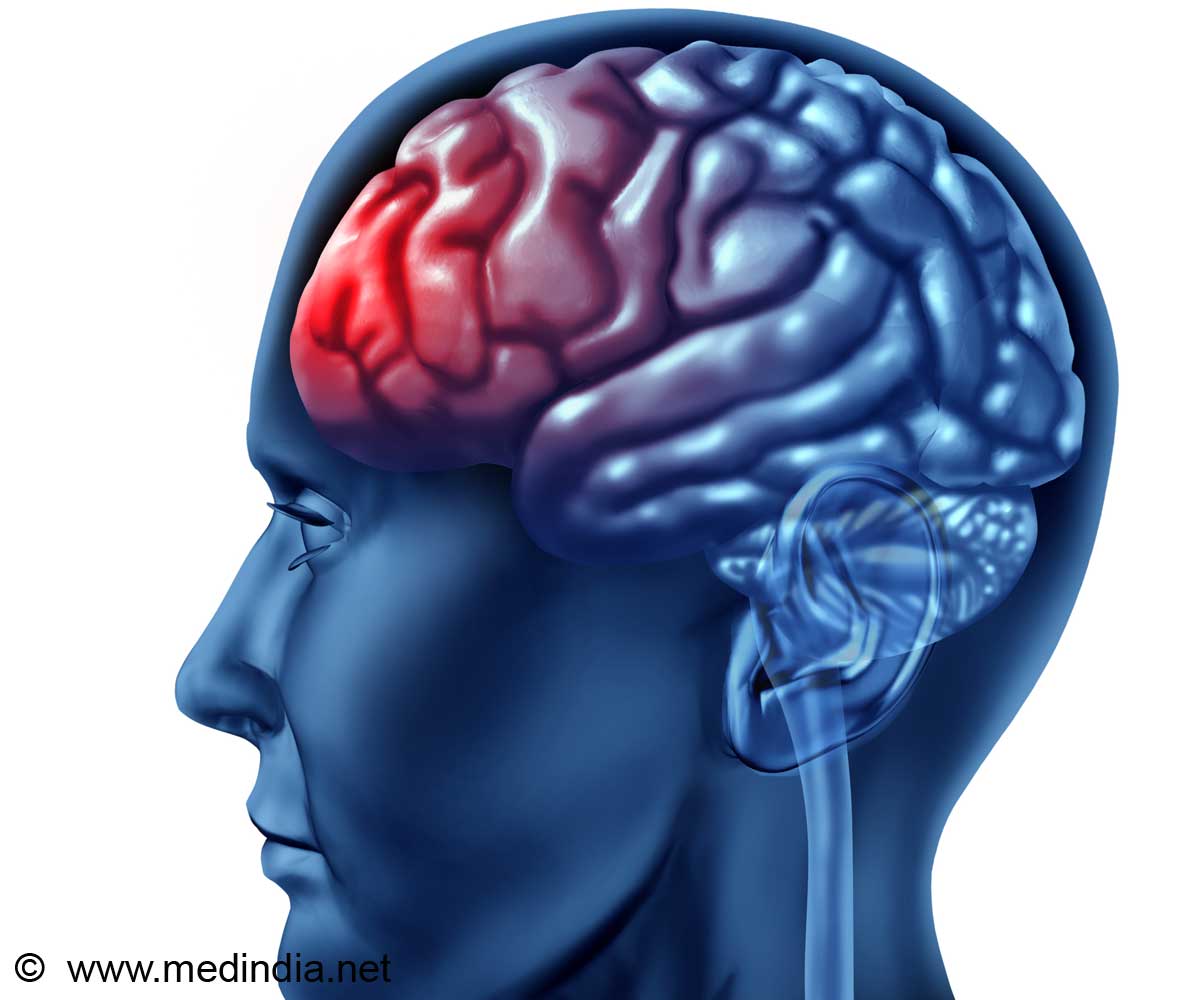
"Our findings show that when individuals are forbidden from everyday objects, our minds and brains pay more attention to them," said lead author Grace Truong, a graduate student in UBC's Dept. of Psychology.
"Our brains give forbidden objects the same level of attention as our own personal possessions," Truong added.
The study's most important finding, though, is that obsession is not as strong if others are also denied: when an object is forbidden to a group, the allure of the object drops dramatically.
This helps to explain why group diet techniques such as Weight Watchers can be more successful than dieting alone. It also offers important insights for compulsive hoarding and parents seeking to help their children's attachment to toys and other possessions.
For the study, groups of participants were shown images of everyday objects and told the objects were either theirs, someone else's, forbidden to them or forbidden to everyone. Using electronic brain imaging and memory tests, researchers found the forbidden objects were recognized as well as self-owned objects.
Advertisement
"Today, it is things like jumbo soft drinks, fatty foods and illicit substances. These new findings help to explain how our brain processes forbidden objects and suggests that, for resisting temptation, there's strength in numbers. It's harder to go it alone," he explained.
Advertisement
Source-ANI







